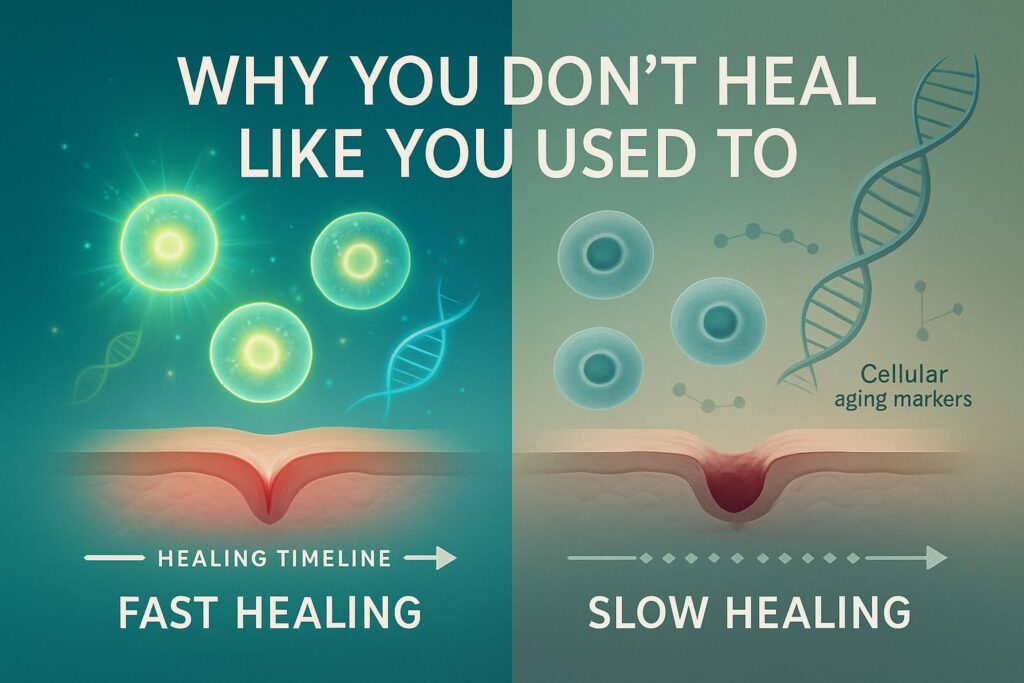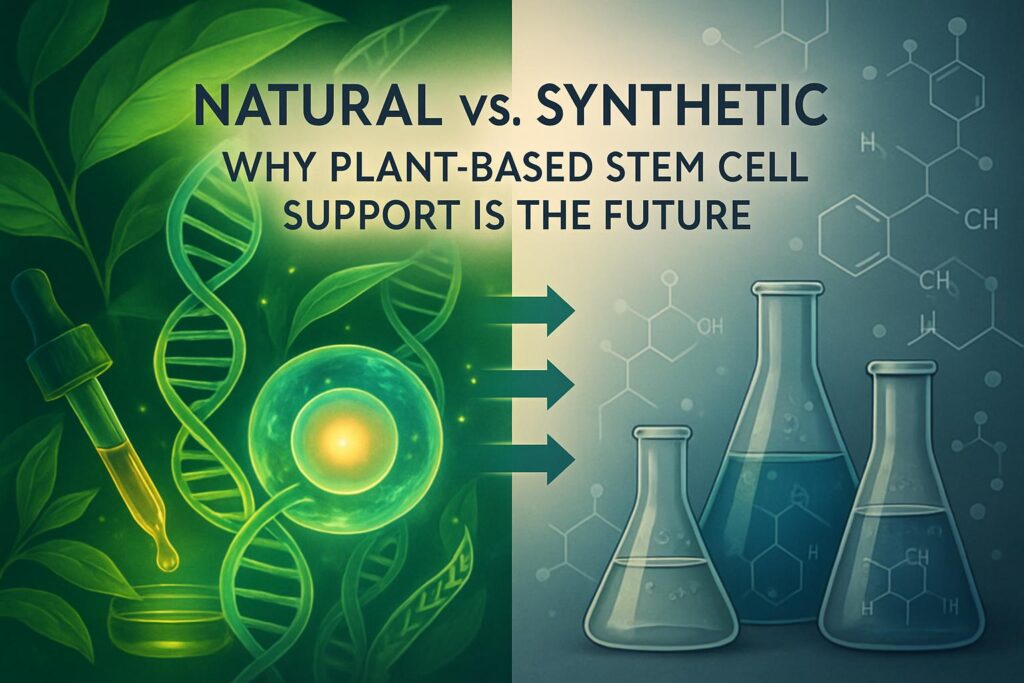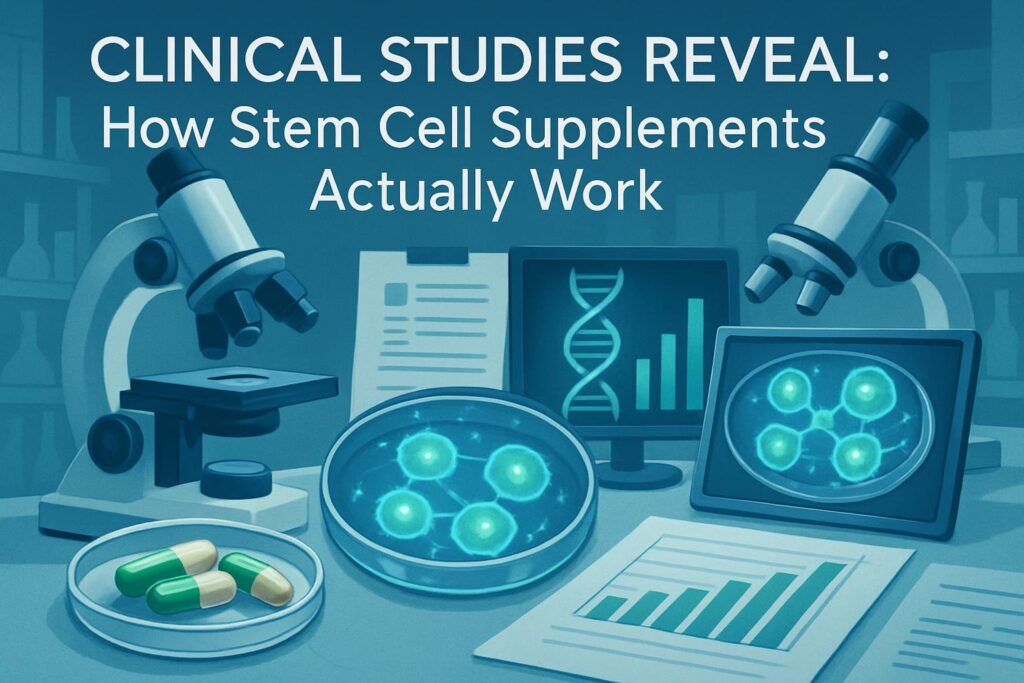Welcome to our deep dive into the fascinating world of stem cells! Today, we’re focusing on a unique player in this field: unipotent stem cells. These are a specific type of cell that, unlike their more versatile counterparts such as embryonic stem cells or pluripotent stem cells, have the ability to differentiate into only one cell type.
Now, you might be wondering, “Why are we talking about these unipotent guys when there are other stem cells that can turn into any cell type?” Well, that’s a great question! Imagine you’re at a buffet. The embryonic stem cell is like that person who can (and will) eat a bit of everything – they’re pluripotent, meaning they can turn into any cell type. On the other hand, unipotent stem cells are like that person who only eats pizza – they’re specialized, sticking to one type of dish, or in this case, one cell type.
This might seem limiting, but it’s actually incredibly important. Just like how a pizza lover ensures there’s always demand for pizza, unipotent stem cells play a crucial role in maintaining specific tissues in our bodies. They’re the unsung heroes in the background, tirelessly working to keep us healthy and functioning.
In this article, we’ll explore the unique role of unipotent stem cells, compare them with other types of stem cells like multipotent stem cells and adult stem cells, and delve into their potential applications in the exciting field of regenerative medicine. So, whether you’re a seasoned scientist, a curious student, or just someone interested in the latest in medical research, we’ve got something for you. Let’s dive in!
Understanding Unipotent Stem Cells
When we talk about stem cells, it’s like talking about a family. In this family, we have the embryonic stem cells and pluripotent stem cells, which are like the parents. They have the potential to become any type of cell in the body. Then we have the multipotent stem cells, which are like the teenagers. They can become a limited number of cell types, but they’re still figuring out their path. Finally, we have the unipotent stem cells, which are like the adults. They know exactly what they are and what they want to be.
Unipotent stem cells are the most specialized of the bunch. They’re like a master craftsman who has honed his skills to perfection in one specific area. They can only differentiate into one cell type, but they do it exceptionally well. For example, a unipotent blood stem cell can only produce new blood cells, but it does so throughout your entire life, ensuring you never run out.
These cells are found in adult tissues, making them a type of adult stem cells. However, unlike other adult stem cells, unipotent stem cells are more limited in their differentiation potential. This might seem like a disadvantage, but it’s actually their superpower. By being so specialized, they can efficiently maintain the tissues they’re responsible for, like a dedicated worker who knows their job inside out.
In the next section, we’ll explore this superpower in more detail and see how unipotent stem cells contribute to tissue maintenance.
Role of Unipotent Stem Cells in Tissue Maintenance
Imagine you’re a homeowner. Your house is a complex structure made up of different parts, each with its own specific function. Now, what happens when a part of your house gets damaged or worn out? You call in a specialist, right? Someone who knows that specific part inside out. That’s exactly what unipotent stem cells do in our bodies. They’re the specialists we call upon when a specific type of cell needs to be replaced.
Tissue maintenance is like the ongoing upkeep of your house. It’s crucial for keeping everything in working order. In our bodies, this means replacing cells that are lost due to normal wear and tear, injury, or disease. And this is where our specialists, the unipotent stem cells, shine.
For instance, consider your skin. It’s your body’s largest organ and is constantly exposed to the outside world, which means it’s also constantly getting damaged. But have you ever wondered how your skin manages to stay intact? That’s all thanks to a type of unipotent stem cell known as epidermal stem cells. These cells are like dedicated construction workers, constantly producing new skin cells to replace the ones that are lost.
Similarly, in your blood, there are unipotent stem cells called myeloid and lymphoid stem cells. These are like the factories producing different types of blood cells, including red and white blood cells. They ensure your blood is always stocked with the cells it needs to function properly.
In the next section, we’ll look at how these specialized cells are being used in regenerative medicine and the potential they hold for future treatments.
Unipotent Stem Cells in Regenerative Medicine
Regenerative medicine is like a magical realm where we’re trying to harness the power of stem cells to heal the body from within. It’s like having a team of tiny doctors inside you, ready to repair any damage at a moment’s notice. In this realm, unipotent stem cells have a unique role to play.
While pluripotent stem cells and multipotent stem cells are like the general practitioners of this realm, capable of treating a wide range of conditions, unipotent stem cells are the specialists. They’re the experts when it comes to their specific cell type.
For instance, in the treatment of blood disorders, hematopoietic stem cells, a type of unipotent stem cell, are used in stem cell transplants. These cells are like the production factories for new blood cells. When transplanted into a patient, they can help replenish the blood system, much like how a new factory can boost production in a city.
Similarly, in the field of dermatology, researchers are exploring the use of epidermal stem cells (another type of unipotent stem cell) for skin grafts. It’s like having a dedicated team of construction workers who can build new skin for burn victims or patients with skin diseases.
However, like any new frontier, the use of unipotent stem cells in regenerative medicine comes with its own set of challenges. These include issues related to the sourcing of these cells, ensuring their safety and efficacy, and ethical considerations. But with ongoing stem cell research, we’re continually finding new ways to overcome these challenges.
In the next section, we’ll gaze into the crystal ball and explore the future of unipotent stem cells in regenerative medicine.
Future Perspectives
Looking into the future of unipotent stem cells is like gazing into a crystal ball filled with potential. These specialized cells, with their unique ability to maintain and repair specific tissues, hold great promise for the field of regenerative medicine.
Imagine a world where we could harness the power of these cells to heal injuries, cure diseases, and even reverse the effects of aging. It’s like having a team of microscopic superheroes inside your body, each with its own unique power. The blood cell-producing unipotent stem cell could be the superhero that fights off anemia, while the skin cell-producing unipotent stem cell could be the superhero that heals wounds in a flash.
However, like any superhero story, there are challenges to overcome. The sourcing of these cells, ensuring their safety and efficacy, and ethical considerations are all hurdles on the path to realizing the full potential of unipotent stem cells. But with ongoing stem cell research, we’re continually finding new ways to overcome these challenges.
Moreover, the potential impact on healthcare and medicine is enormous. From stem cell therapies for degenerative diseases to personalized medicine, the possibilities are endless. It’s like we’re on the brink of a new era in medicine, with unipotent stem cells leading the charge.
But as we move forward, it’s also important to consider the ethical implications of this research. Like any powerful tool, the use of stem cells must be guided by ethical principles to ensure it’s used for the benefit of all.
FAQ
Q: What are the different types of stem cells?
A: The different types of stem cells include induced pluripotent stem cells, mesenchymal stem cells, somatic stem cells, human pluripotent stem cells, bone marrow stem cells, human embryonic stem cells, and totipotent stem cells.
Q: What is stem cell research?
A: Stem cell research is a field of study that focuses on understanding and harnessing the unique properties of stem cells for regenerative medicine and other therapeutic applications.
Q: What is the source of stem cells?
A: The source of stem cells can vary depending on the type of stem cell. They can be derived from sources such as embryos, bone marrow, adipose tissue, umbilical cord blood, and adult tissues.
Q: How are stem cells classified?
A: Stem cells are classified based on their potency and developmental potential. They can be categorized as totipotent, pluripotent, multipotent, and unipotent stem cells.
Q: What are induced pluripotent stem cells?
A: Induced pluripotent stem cells (iPSCs) are a type of stem cell that are reprogrammed from fully differentiated adult cells, such as skin cells or blood cells, into a pluripotent state. They have the ability to differentiate into different cell types.
Q: What are the unique characteristics of unipotent stem cells?
A: Unipotent stem cells have the ability to self-renew and differentiate into only one type of cell. They are responsible for tissue maintenance and repair in specific organs or tissues.
Q: How do stem cells differ from differentiated cells?
A: Stem cells have the potential to differentiate into multiple cell types, whereas differentiated cells have already undergone specialization and can perform specific functions in the body.
Q: What is the role of stem cells in regenerative medicine?
A: Stem cells have the potential to regenerate damaged or diseased tissues and organs by differentiating into specific cell types and replacing the malfunctioning cells. They offer promising possibilities for treating various medical conditions.
Q: Can stem cells be used to treat nerve damage?
A: Yes, stem cells, particularly neural stem cells, have shown potential in treating nerve damage and promoting nerve regeneration in preclinical and clinical studies.
Q: Are embryonic stem cells the only type of stem cells used in research?
A: No, although embryonic stem cells have been extensively studied due to their pluripotency and potential for differentiation, other types of stem cells, such as induced pluripotent stem cells, adult stem cells, and umbilical cord stem cells, are also used in research.
Conclusion
As we’ve journeyed through the world of unipotent stem cells, we’ve seen how these specialized cells play a unique role in maintaining our bodies. They’re like the unsung heroes in a blockbuster movie, working tirelessly behind the scenes to keep everything running smoothly.
From maintaining our skin and producing new blood cells, to their potential applications in regenerative medicine, unipotent stem cells are truly remarkable. They’re like the master craftsmen of the cell world, specializing in one type of cell but doing it exceptionally well.
The future of unipotent stem cells in medicine is exciting. Imagine a world where we could harness the power of these cells to heal injuries, cure diseases, and even reverse the effects of aging. It’s like we’re standing on the brink of a new era in medicine, with unipotent stem cells leading the charge.
But as we move forward, it’s also important to remember the challenges that lie ahead. From sourcing these cells and ensuring their safety and efficacy, to navigating the ethical implications of stem cell use, there’s still much work to be done.
As we continue to explore the potential of unipotent stem cells, one thing is clear: these cells have a unique and crucial role to play in our health. They’re not just the unsung heroes of our bodies, but also the potential superheroes of future medical treatments.
So, whether you’re a seasoned scientist, a curious student, or just someone interested in the latest in medical research, we hope you’ve found this exploration of unipotent stem cells informative and inspiring. Remember, every cell in our body has a story to tell, and unipotent stem cells are no exception.



